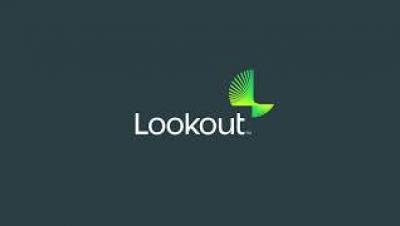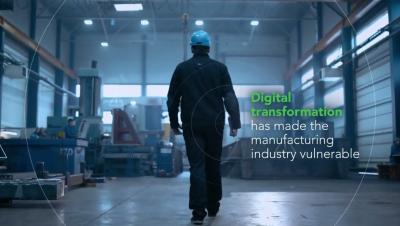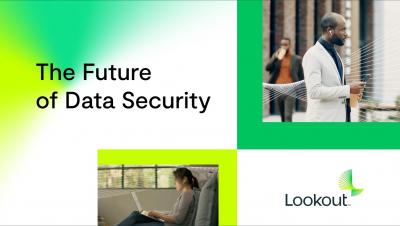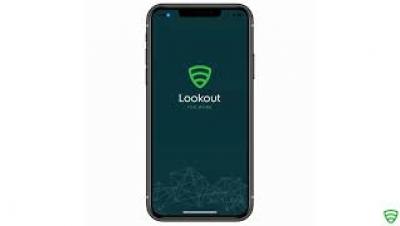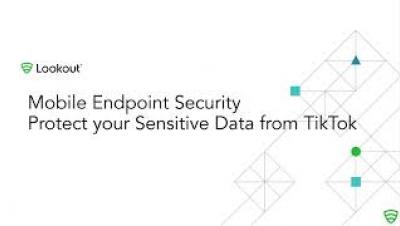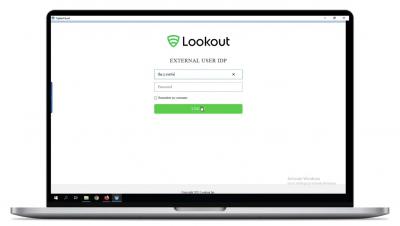TikTok Bans in Focus
The Federal government and numerous states are concerned that user data collected by some popular apps could be shared with foreign governments, including China. Lookout Mobile Endpoint Security keeps data safe by stopping managed and unmanaged devices from accessing risky apps like TikTok via the web browser and through the app.




